Home » FAQ
The manual says 320W power consumption. I stay in India (220v, 50Hz power supply) believe that I will need a 220v to 110v voltage converter. I read online that some appliances are high load appliances and I will need a voltage converter with 2-3 times capacity as the stated power consumption of the appliance. I am not sure if the projector fits in the category.
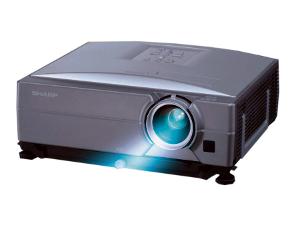

I just spent an hour trying to figure out which voltage converter I should purchase to take with me to my upcoming Paris and London trip. They had a whole wall devoted to electricity converters. Even the salespeople were confused by my questions. They kept reading the boxes and in the end did not have a product suggestion for me.
for some other electric appliances, like hair dryers and flat irons, are well-known for not adjusting well to all voltages. Many reported that they fried their US hair dryers in Europe, so it is often recommended to buy a step-down voltage converter to transform 220V to 110V.
for some other electric appliances, like hair dryers and flat irons, are well-known for not adjusting well to all voltages. Many reported that they fried their US hair dryers in Europe, so it is often recommended to buy a step-down voltage converter to transform 220V to 110V.
US operate on 110V and the UK on 230V. That is to say I would need the step-down converter if the TV is rated for 110V only. I haven't found information on this on the TVs manual. It says something about a sticker on the back containing this info. If that sticker says the TV cannot handle UK voltage, a 230V to 110V voltage converter will be needed.
New Zealand runs on 220/240V so anything American not dual voltage or plugged in via a converter will fry. I have checked all my items to see if they are dual voltage; many modern things are but not everything. So a step-down voltage converter is needed to convert 220V to 110V.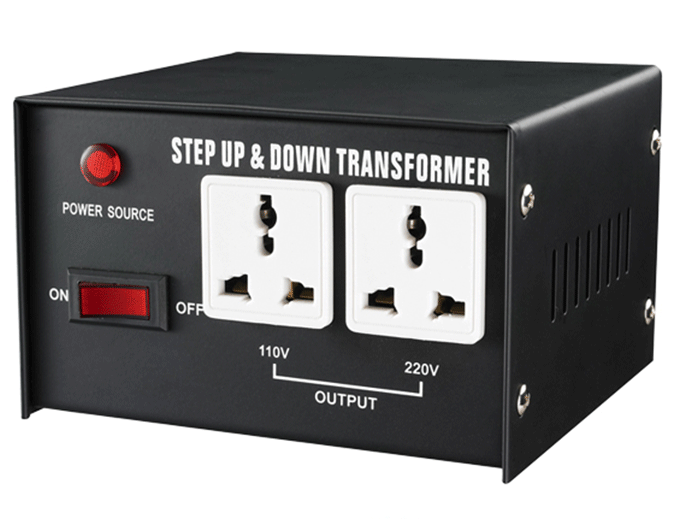

I need a voltage converter for any device which doesn't have a built-in 220volt to 110volt step-down converter. Laptops, iPhones, iPads are examples of devices which will do their own 220volt to 110volt voltage conversion and don't need a converter. They just need a plug adapter.
One word of caution for future reference, that if you decide to look at the voltage convertor issue again. There are two principles used in 220volt to 110volt voltage converter, and it's important to match the correct type to each appliance. Use wrong type of convertor may lead to unfortunate consequences of some products.
One word of caution for future reference, that if you decide to look at the voltage convertor issue again. There are two principles used in 220volt to 110volt voltage converter, and it's important to match the correct type to each appliance. Use wrong type of convertor may lead to unfortunate consequences of some products.
A friend of mine, who lives in the United States, will be going to Chile in 5 days, but he just realized that he didn't have a voltage converter. He asked me about what kind of voltage converter does he need to buy. He has an IPod, Laptop computer, camera, etc. I managed to help him, and now I will tell you what to do if you meet with the same problem.
First check your electrical appliance specification mark, if it is written INPUT: AC 100-250V or 100V-240V or 110V-220V, and so on. These types of electrical appliances have their own function of automatic voltage rectifier, you only need to buy a conversion plug and you can use it all around the world.
Most electronics devices say whether they can accept 110 volts. If an electronic appliance can't handle 110v, a new voltage converter of supplying the same DC output voltage and same or more current will work.
Whether you need a 110v/220v voltage converter depends on what the device is. If you're using 110v light bulbs, just string two of them in series. If you're looking at something that takes a significant amount of power, or has a variable amount of current draw, or is voltage-sensitive, then the only thing you can do is use a voltage converter. For appliances like washing machine or hair drier, those have motors that need a step down transformer. In that case, it will be much cheaper than to buy a new appliance. However, more wattage appliance needs more costly 220v to 110v step-down voltage converter.
Whether you need a 110v/220v voltage converter depends on what the device is. If you're using 110v light bulbs, just string two of them in series. If you're looking at something that takes a significant amount of power, or has a variable amount of current draw, or is voltage-sensitive, then the only thing you can do is use a voltage converter. For appliances like washing machine or hair drier, those have motors that need a step down transformer. In that case, it will be much cheaper than to buy a new appliance. However, more wattage appliance needs more costly 220v to 110v step-down voltage converter.
120V (110v) outlet can power virtually any standard device you can imagine, from tiny handheld electronics to large appliances. However, the item you want to use may require the higher 240V (220v, 230v) outlet. Fortunately, converting your outlet from 120V to 240V is a relatively simple project. Moreover, buying a reliable voltage converter will make the job even easier.
Voltage converters in the production process will use polyester film as a package on core, semi-finished products and finished products, which is mainly to enhance the insulation effect. For example: When the voltage converter overload or audio amplifier instantaneous over-current causes voltage converter over-heat, the polyester film is no doubt to ensure the insulation safety for its high temperature characteristics.
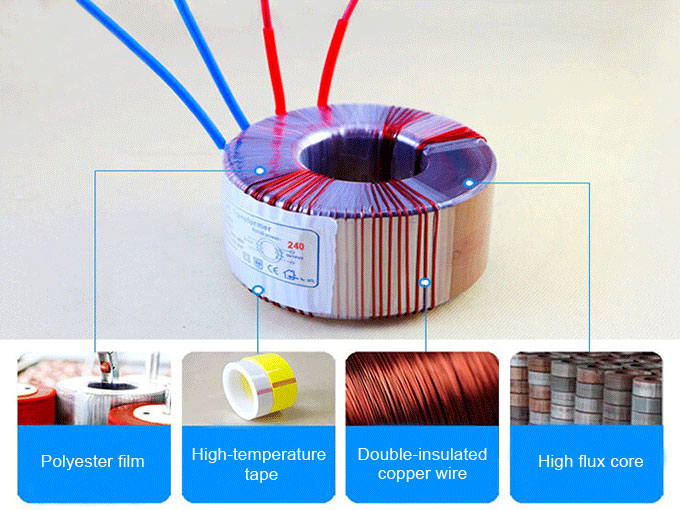

With the rise of overseas shopping, more and more people purchase various kinds of imported home appliances through the internet. Such as: TV, hair dryer, stereo, rice cookers, electric kettles, vacuum cleaners and so on. However, these appliances buying from abroad can be used normally at home? We know that some countries, the voltage is 220V~240V, while others are 100V, 110V~120V.
For example:
100V: Japan
110~120V: US, Canada, Panama, Cuba, Lebanon, Mexico, etc.
220~240V: UK, Germany, France, China, Singapore, Italy, Spain, Greece, Australia, Netherlands, Thailand, Norway, India, etc.
For example:
100V: Japan
110~120V: US, Canada, Panama, Cuba, Lebanon, Mexico, etc.
220~240V: UK, Germany, France, China, Singapore, Italy, Spain, Greece, Australia, Netherlands, Thailand, Norway, India, etc.
Toroidal transformer made of high-quality iron core will be smaller, and then the voltage converter will also be smaller. The normative manufactured voltage converter with smooth winding and compact wiring also has smaller size. Therefore, if you want to improve the performance of the step-up and step-down voltage converter, you must choose better material, and try to improve manufacturing process.
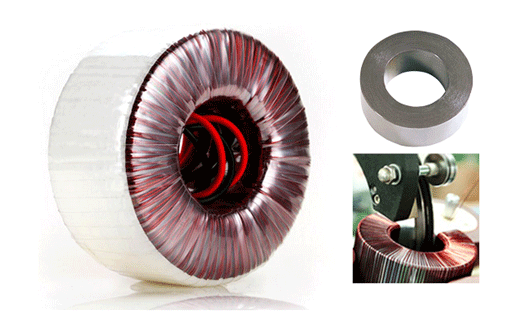

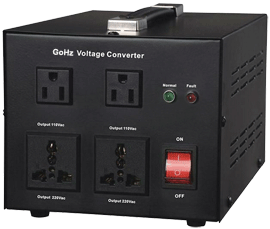
With a Voltage Converter, you can convert
110v to 220v;
120v to 220v;
220v to 110v;
230v to 110v;
240v to 110v.
Note, voltage converters do NOT convert 50Hz to 60Hz, or 60Hz to 50Hz.
Featured Articles
What Happens When an Appliance is ...
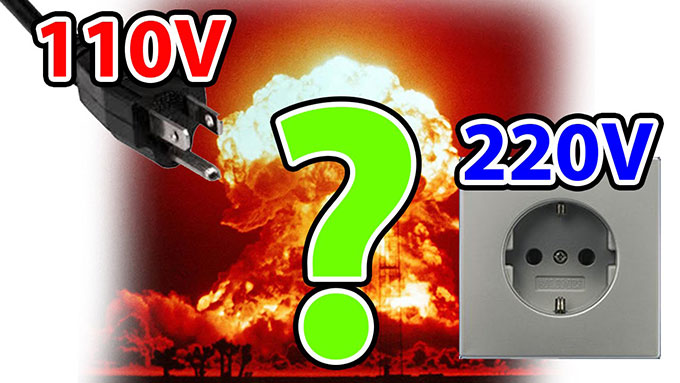 If the 110V appliance is connected to a 220V power supply, the power may quadruple at the moment the appliance switched on, and ...
If the 110V appliance is connected to a 220V power supply, the power may quadruple at the moment the appliance switched on, and ...
 If the 110V appliance is connected to a 220V power supply, the power may quadruple at the moment the appliance switched on, and ...
If the 110V appliance is connected to a 220V power supply, the power may quadruple at the moment the appliance switched on, and ...Automatic 220v to 110v Voltage ...
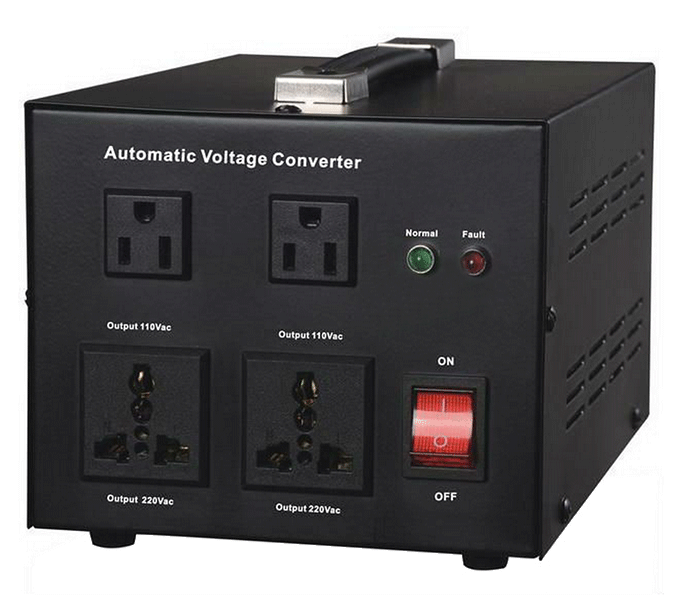 As we know, electric voltage of some countries and regions is 220V. But in America, the electric voltage is generally 110V. When ...
As we know, electric voltage of some countries and regions is 220V. But in America, the electric voltage is generally 110V. When ...
 As we know, electric voltage of some countries and regions is 220V. But in America, the electric voltage is generally 110V. When ...
As we know, electric voltage of some countries and regions is 220V. But in America, the electric voltage is generally 110V. When ...Voltage Difference between US and UK
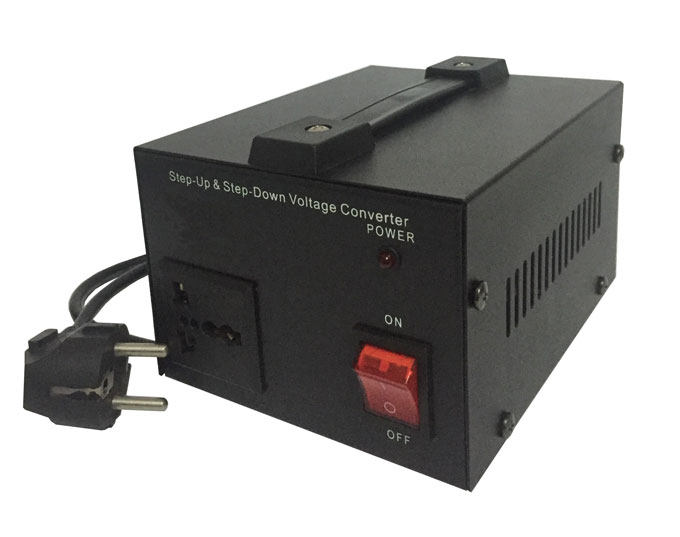 Many people who travel to the United States found it difficult to use their electronic devices, because of different power supply ...
Many people who travel to the United States found it difficult to use their electronic devices, because of different power supply ...
 Many people who travel to the United States found it difficult to use their electronic devices, because of different power supply ...
Many people who travel to the United States found it difficult to use their electronic devices, because of different power supply ...